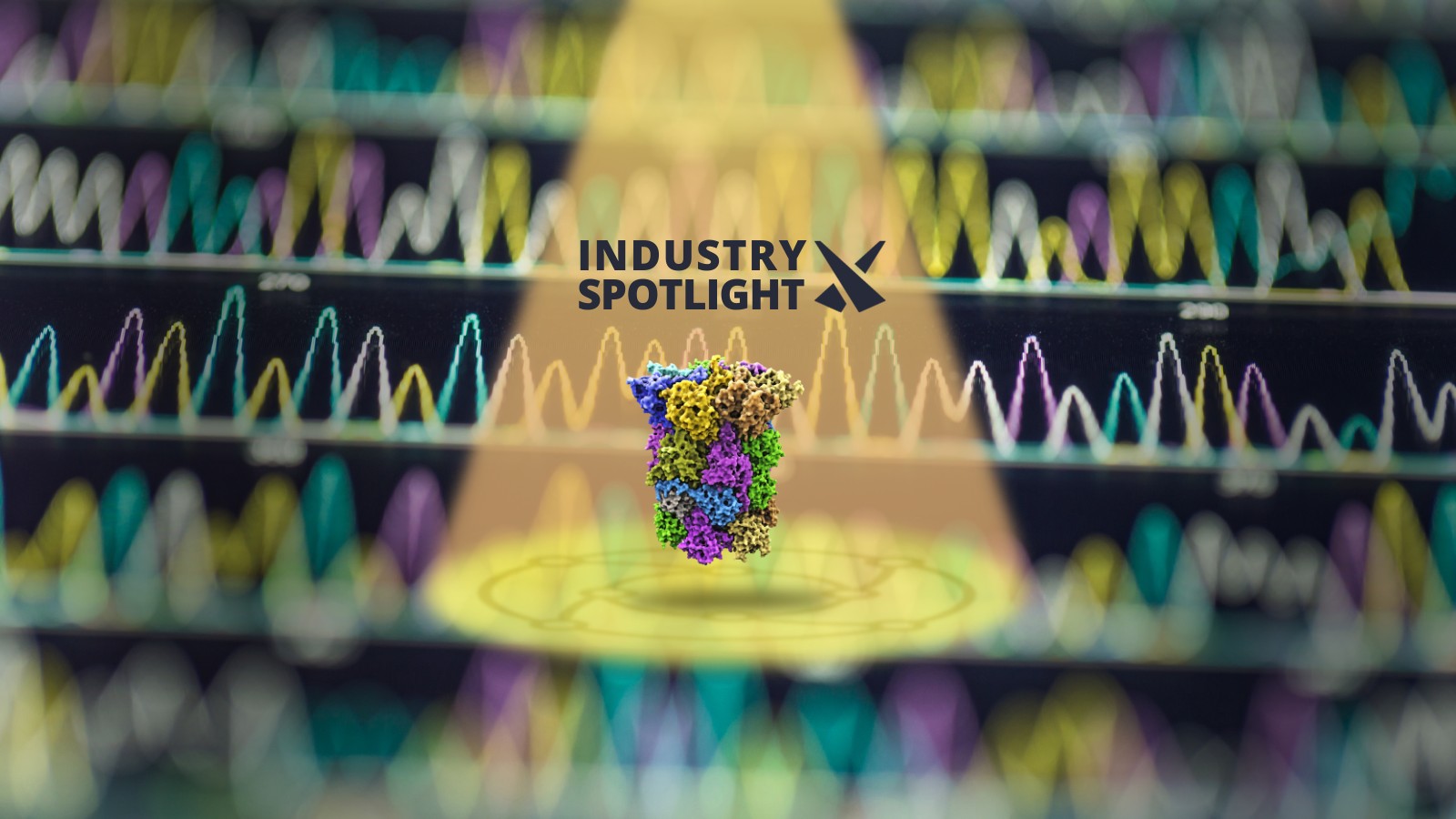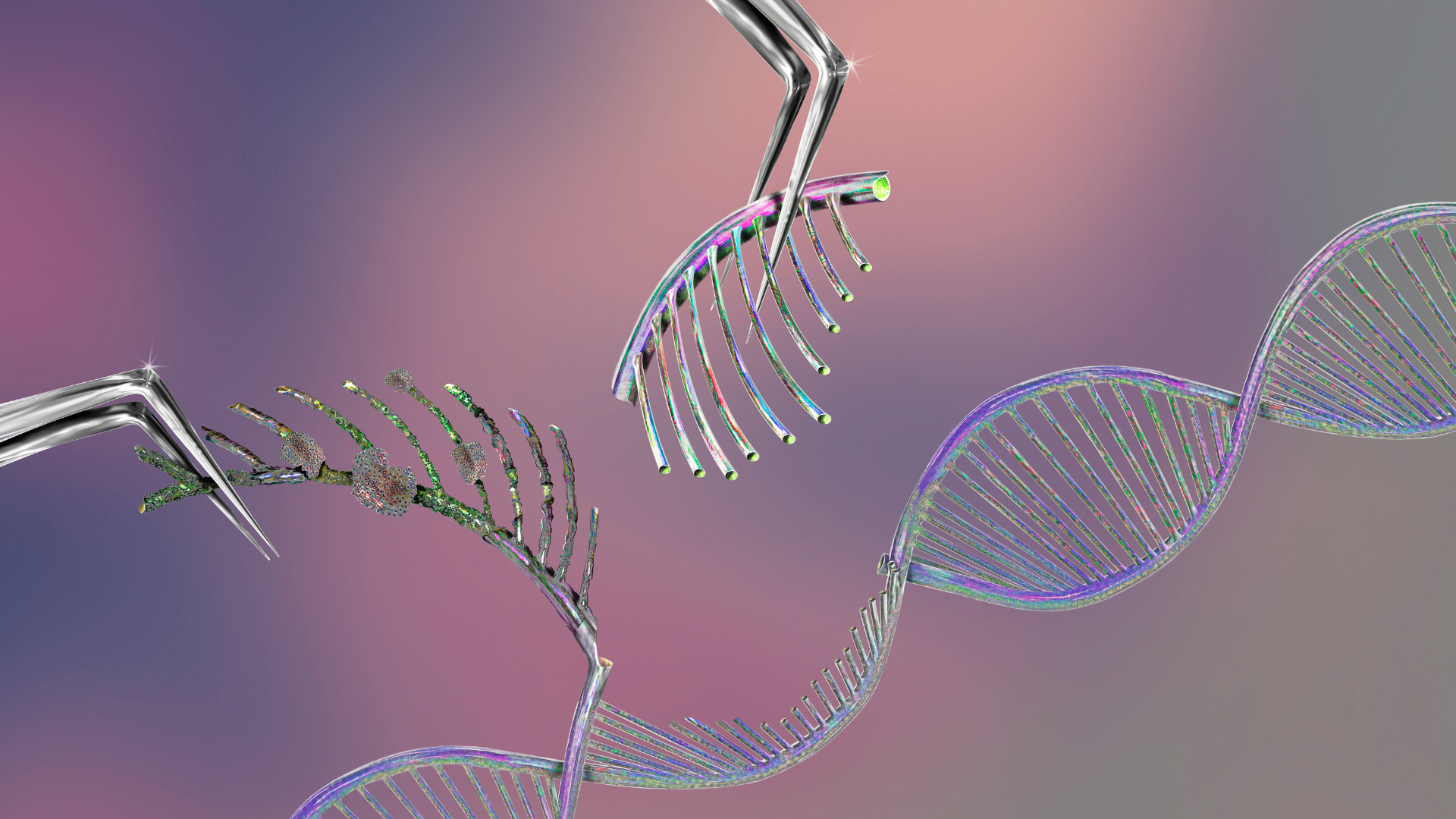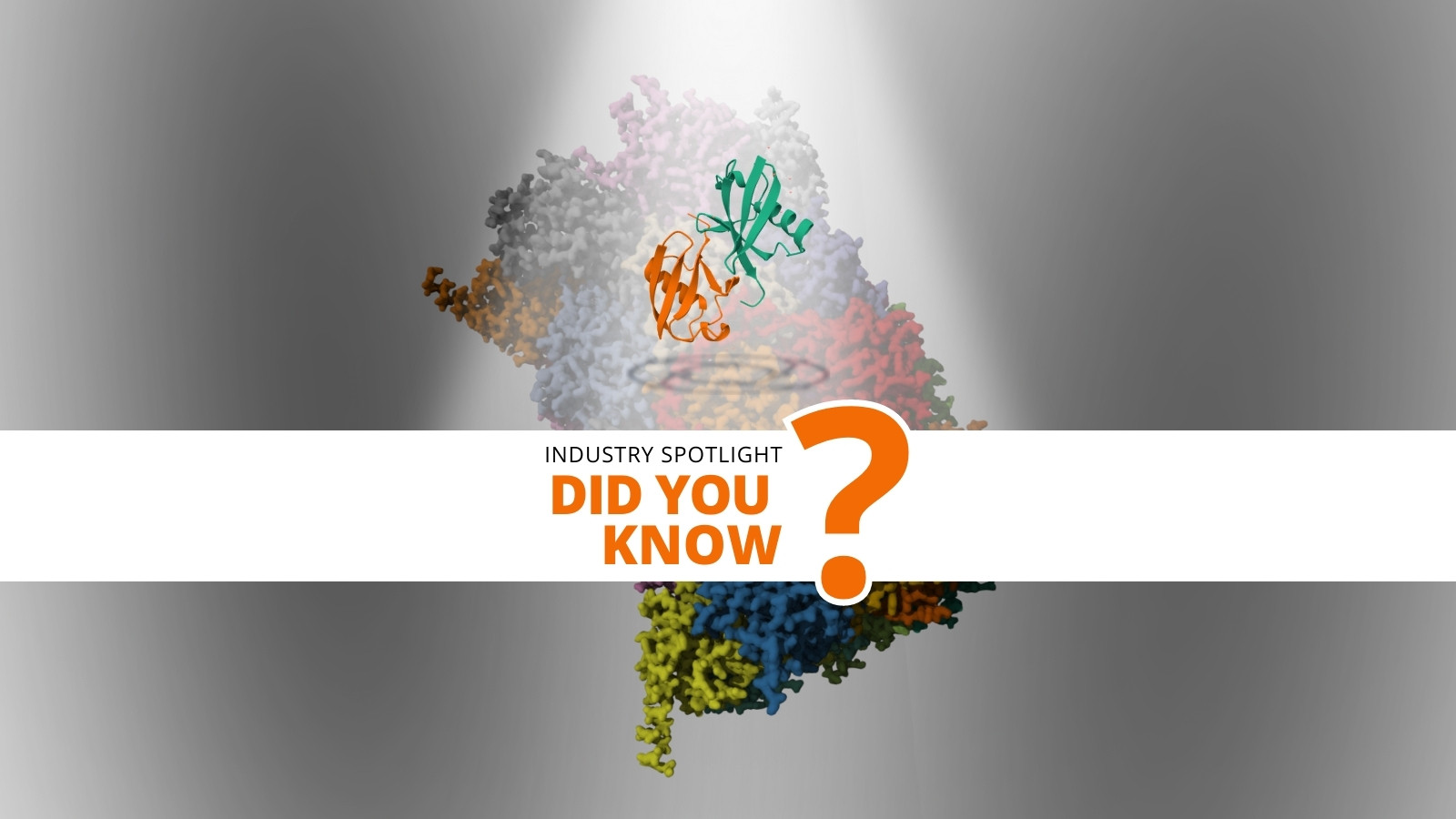Biophysical Tools for the Design and Development of PROTACs

For the bulk of traditional medicine and drug discovery approaches, drug action begins with binding. As German physician and Nobel Prize winner, Paul Ehrlich’s famous maxim states: ‘corpora non agunt nisi fixata’ or substances do not work unless they are bound.
Most of the biophysical methods which are used in drug discovery have been around for a while, yet they have been adapted for modern need and efficiency. Furthermore, the use of biophysical methods will always have to consider the quality, duration, and cost of the method being used.
The advent of protein degradation has been a novel change in not only the drug discovery process, but also the fundamental mechanism by which drugs work. Rather than simply inhibiting a target protein, PROteolysis TArgeting Chimeras (PROTACs) seek to degrade the target completely using the body’s own cellular mechanisms.
However, the drug discovery process for PROTACs is a complex and somewhat trial-and-error one. It's akin to cooking without a recipe - scientists are still figuring out how to design these molecules effectively.
To address this challenge, researchers are employing a variety of assays and characterisation methods to better understand how protein degraders function. They are working to gain insights into the intricate interactions between the PROTACs, the target proteins, and the cellular machinery that leads to protein degradation. The aim is to refine the design of these molecules and make them more efficient.
RELATED:
- Challenges and Opportunities in Targeted Protein Degradation: Current and Future Strategies
- Drugging the Undruggable: Targeted Protein Degradation
- Interview with Felix Hausch, Professor for Structure Based Drug Research at TU Darmstadt
Techniques and assays that are used to characterise protein degraders include:
Surface Plasmon Resonance (SPR): SPR measures the binding affinity and kinetics of interactions between PROTACs, target proteins, and E3 ligases. It provides information about the strength of binding and the rate at which binding and dissociation occur.
Isothermal Titration Calorimetry (ITC): ITC measures the heat generated or absorbed during a binding event. It is useful for determining binding constants and stoichiometry, helping to understand the thermodynamics of PROTAC interactions.
Differential Scanning Fluorimetry (DSF): DSF is used to assess changes in the thermal stability of target proteins in the presence of PROTACs. It can help identify interactions and potential binding events.
Circular Dichroism (CD) Spectroscopy: CD spectroscopy can provide information about changes in the secondary structure of proteins upon binding to PROTACs. It helps in understanding the conformational alterations induced by PROTAC binding.
Fluorescence Polarization (FP) Assays: FP measures changes in fluorescence polarization when a labelled ligand or protein interacts with a PROTAC. It's commonly used for screening PROTACs and assessing their binding to target proteins.
Nuclear Magnetic Resonance (NMR) Spectroscopy: NMR can provide detailed information about the 3D structure of protein-PROTAC complexes, helping to elucidate the binding mode and interactions at an atomic level.
Mass Spectrometry: Mass spectrometry is used to study PROTAC-induced ubiquitination and degradation of target proteins. It can help identify ubiquitination sites and quantify the extent of protein degradation
Analytical Ultracentrifugation (AUC): AUC is used to study protein-PROTAC interactions, their stoichiometry, and complex formation in solution. It can provide information about the size and shape of complexes.
Fluorescence Resonance Energy Transfer (FRET): FRET assays involve tagging proteins or PROTACs with fluorescent molecules to study protein-protein interactions. It can help assess the proximity and conformational changes induced by PROTACs.
Bio-layer Interferometry (BLI): BLI measures changes in interference patterns as molecules bind to biosensor tips. It's used for studying binding kinetics and affinities of PROTACs with target proteins.
Join and network with over 250 industry leaders at Discovery US, where we will address the latest advancements in target identification, validation and HIT optimisation.
Want more content? See all articles, interviews, and post event reports at the Discovery Content Portal. Also sign up to our monthly newsletter to keep up to date with our highlights.







